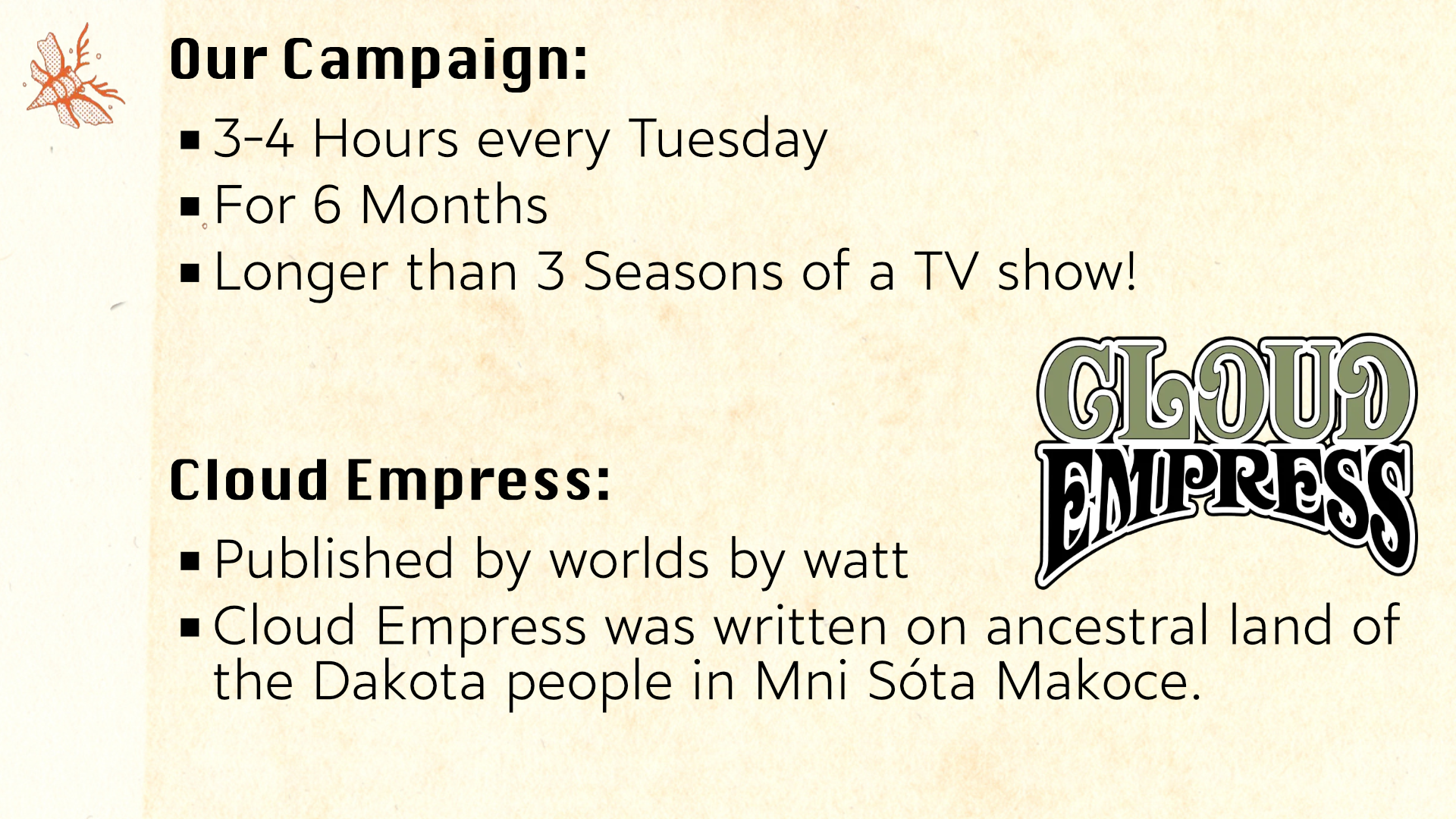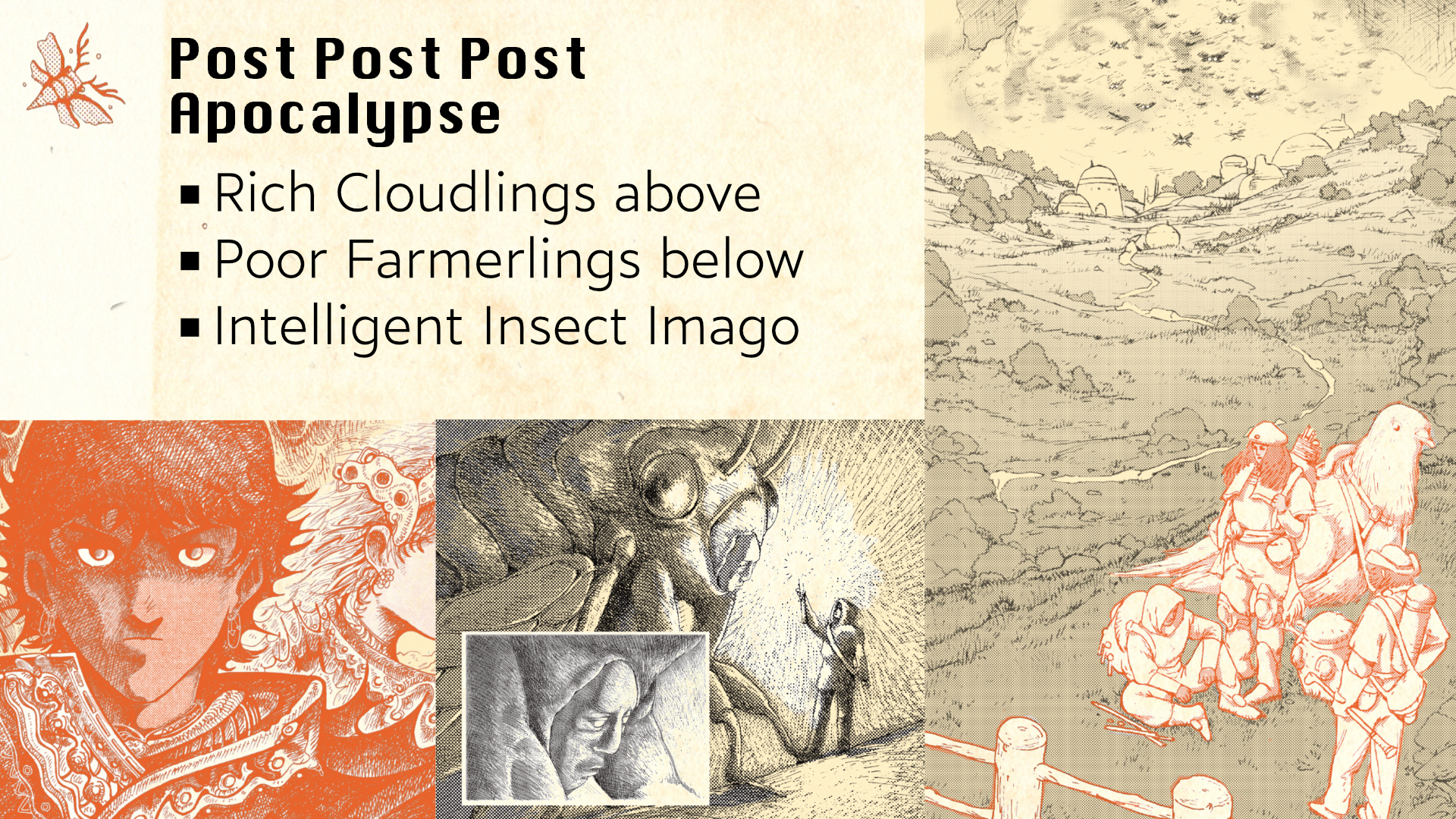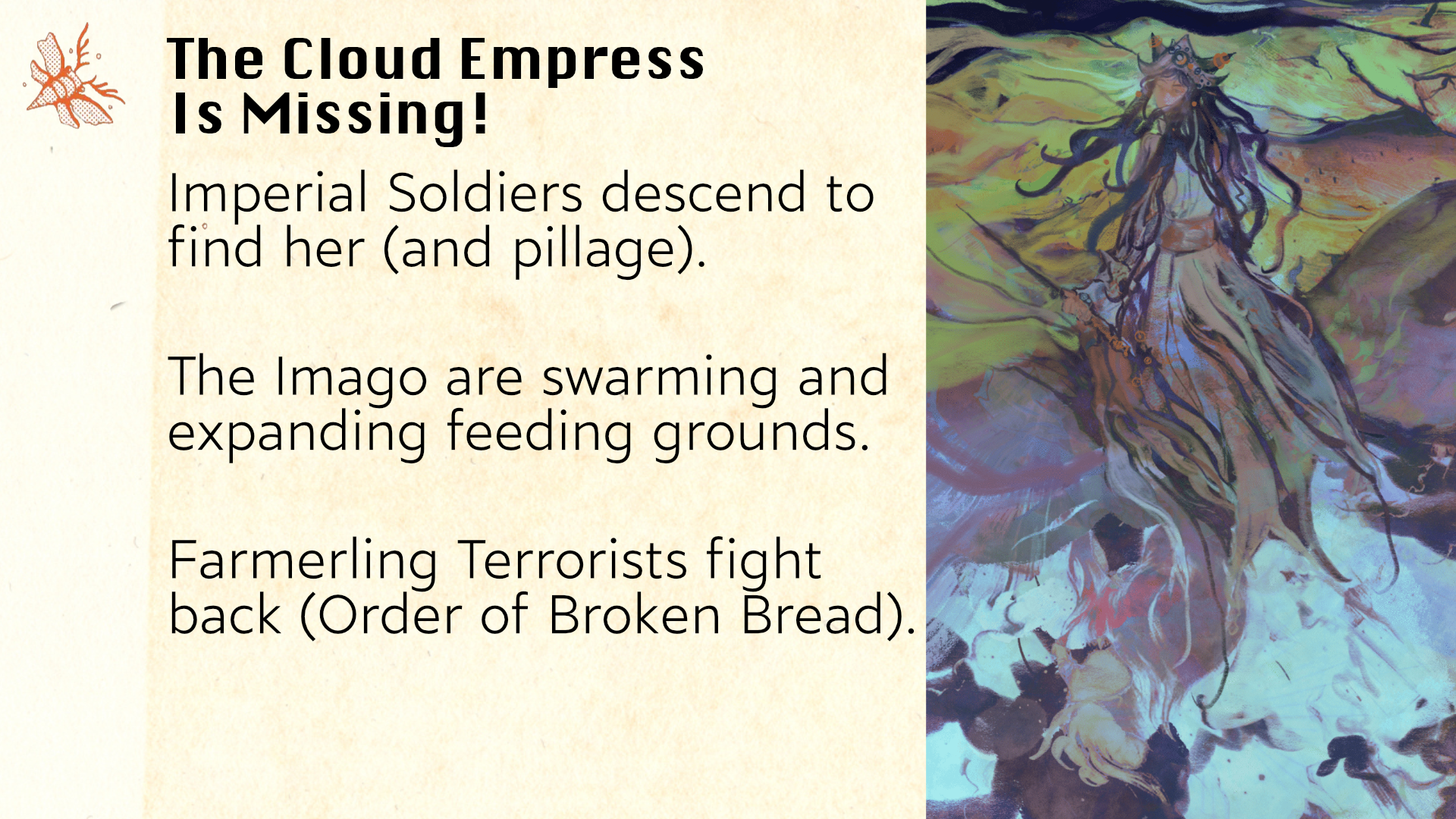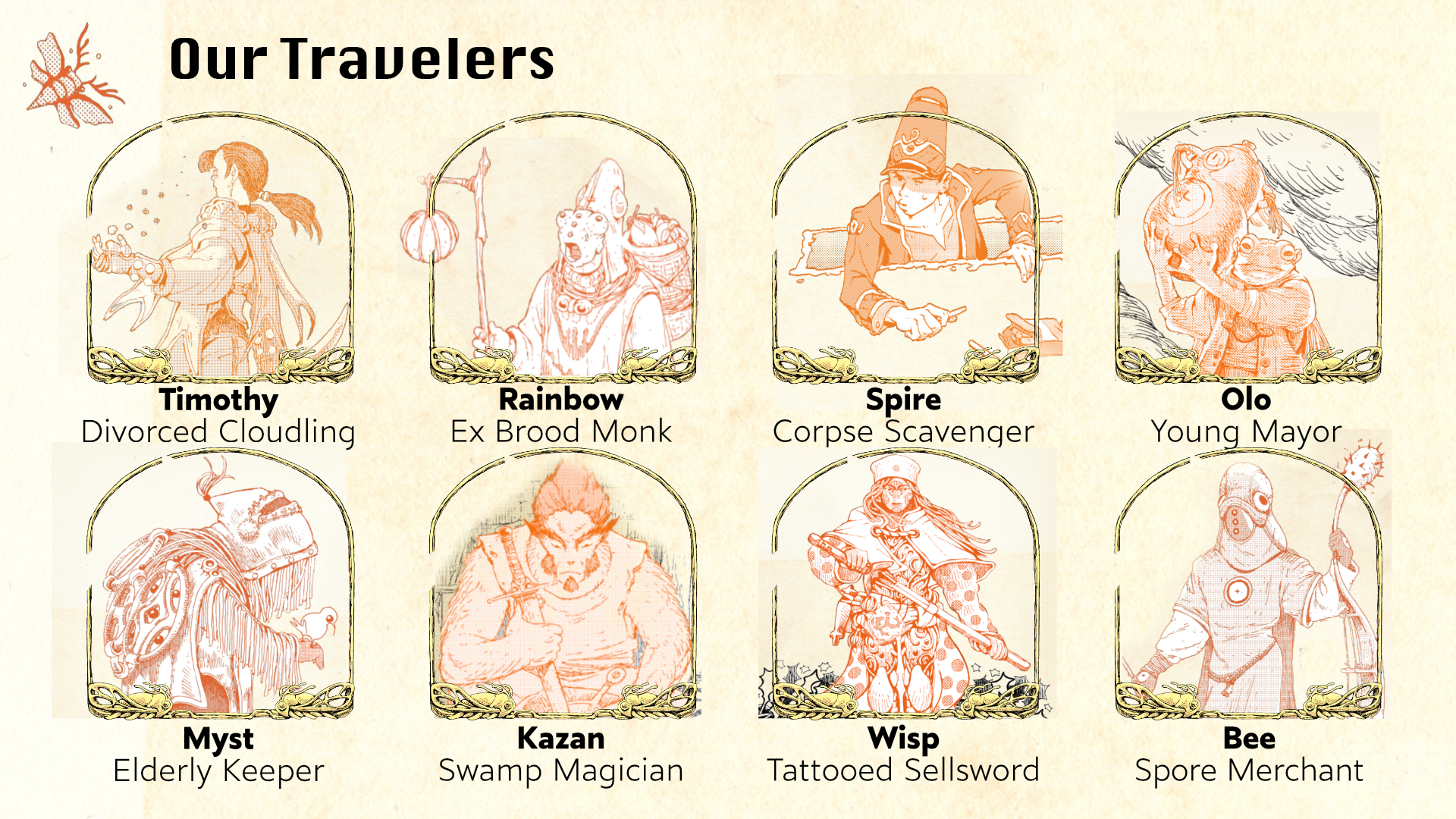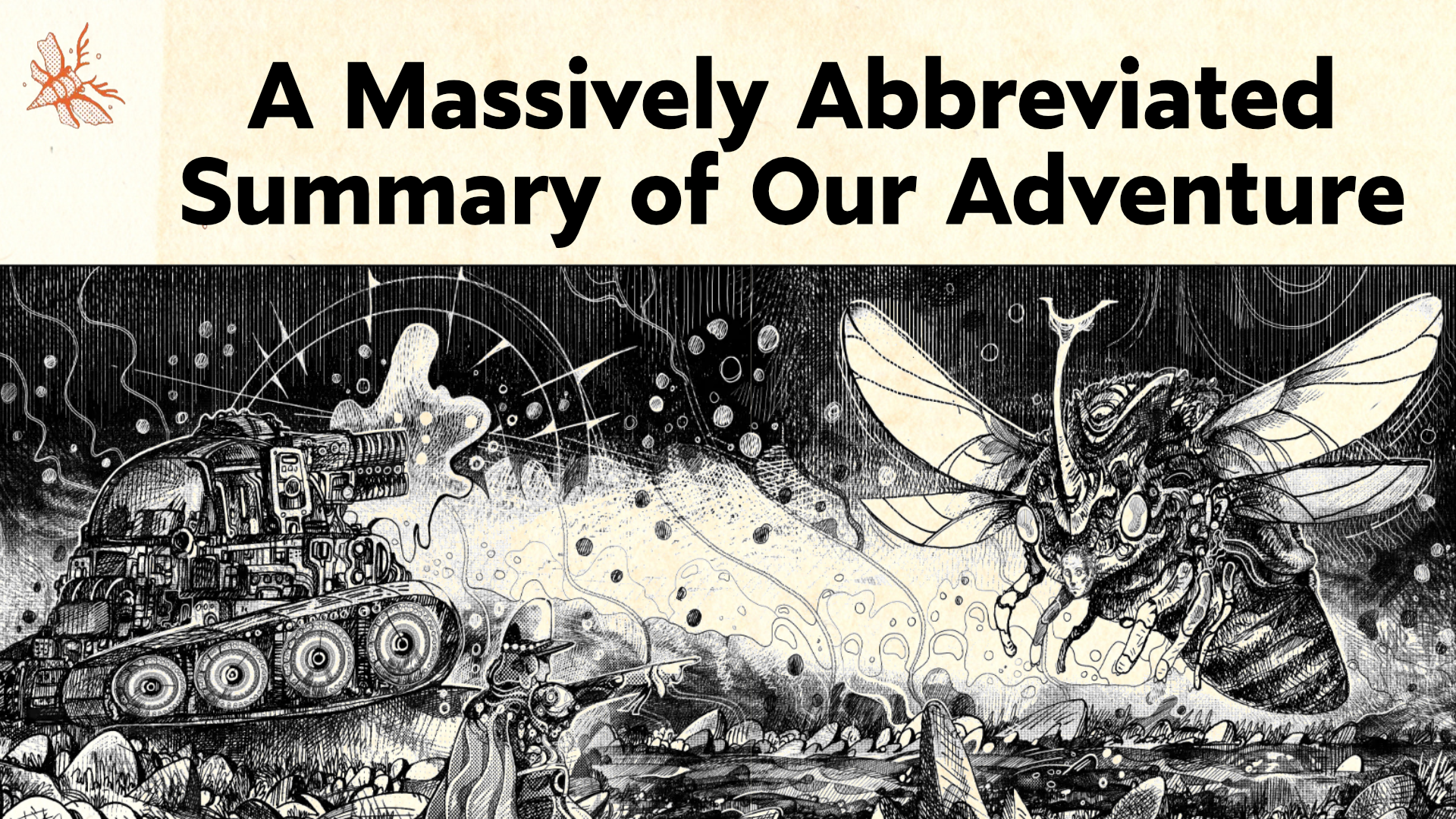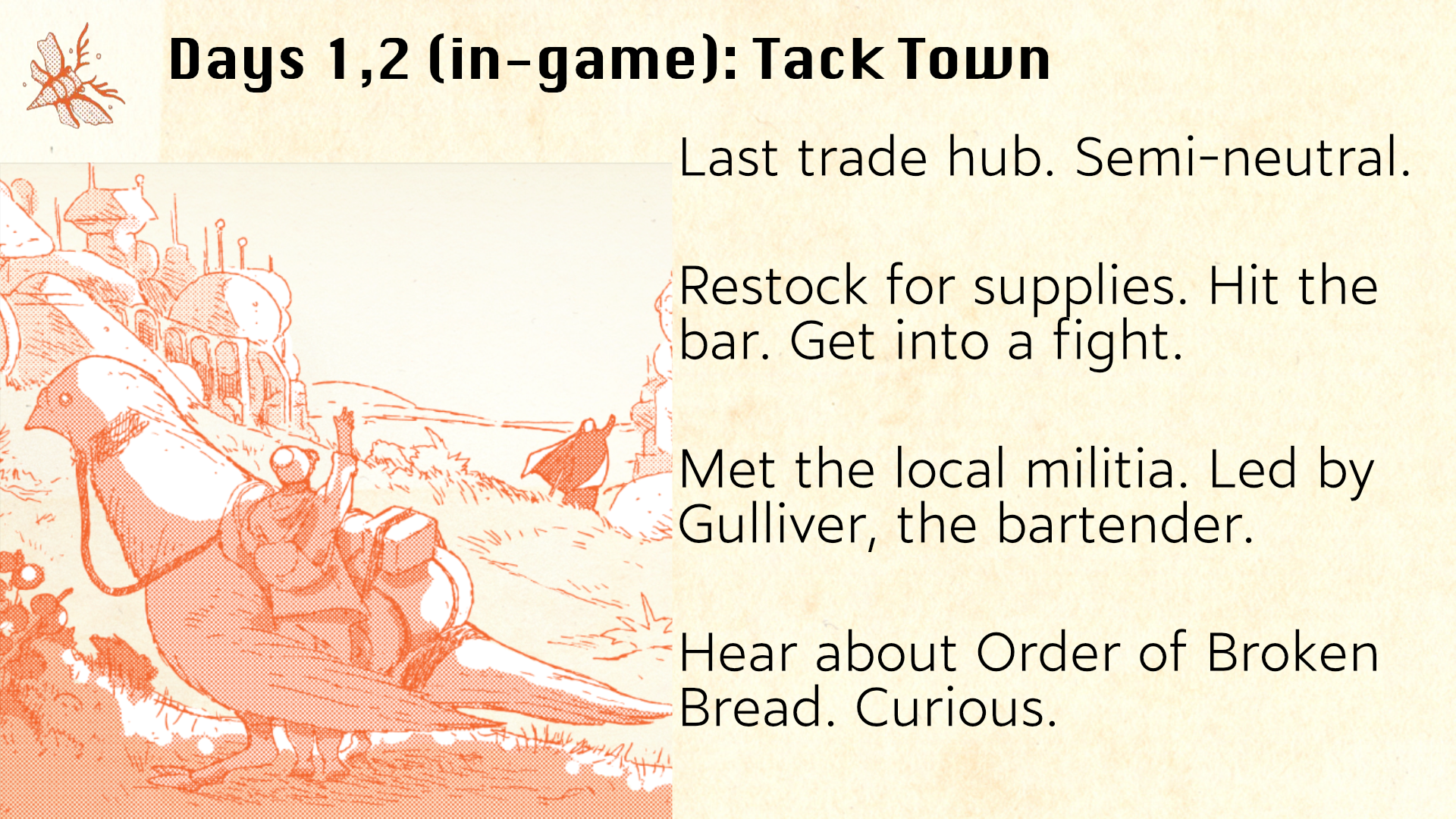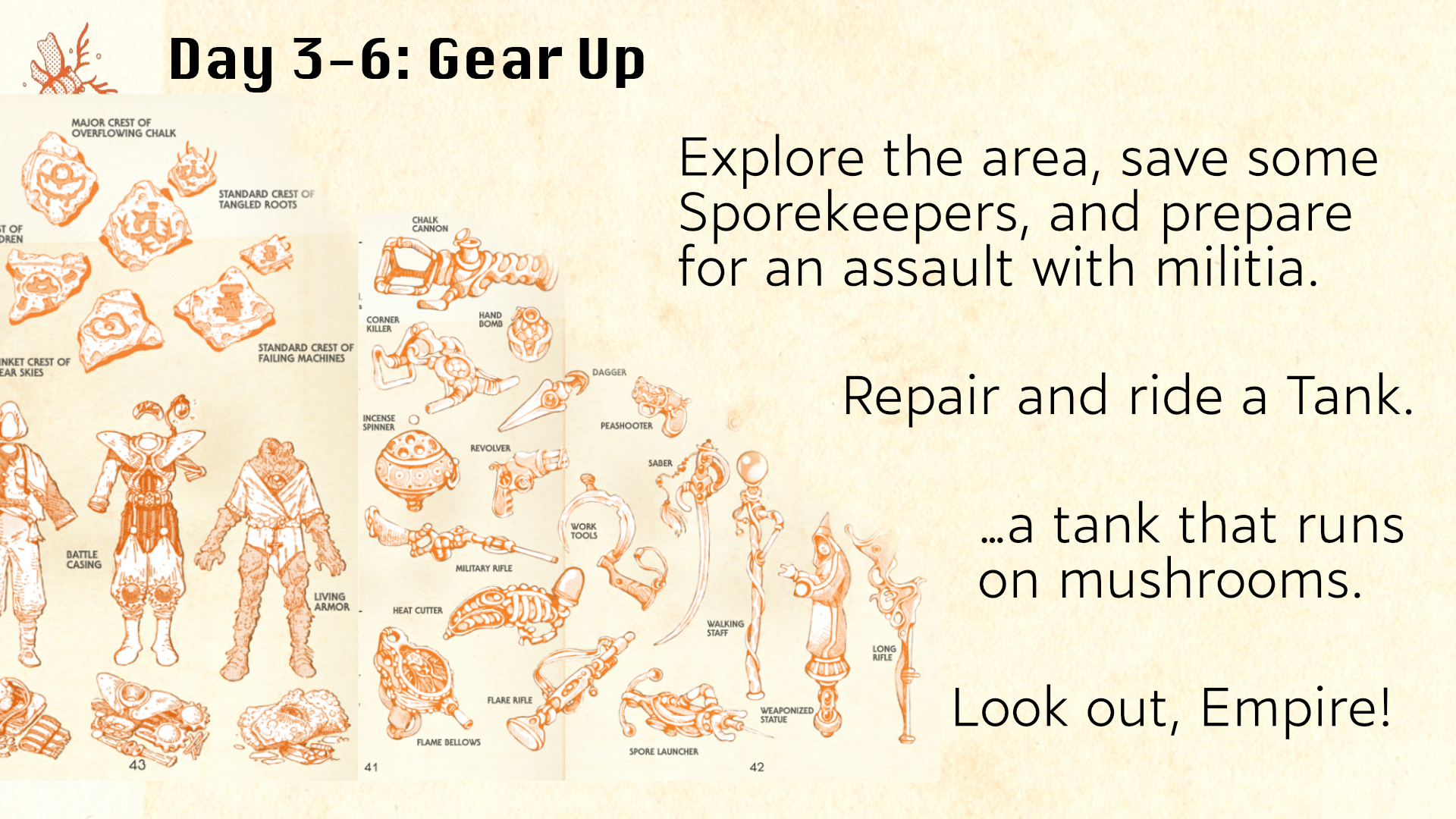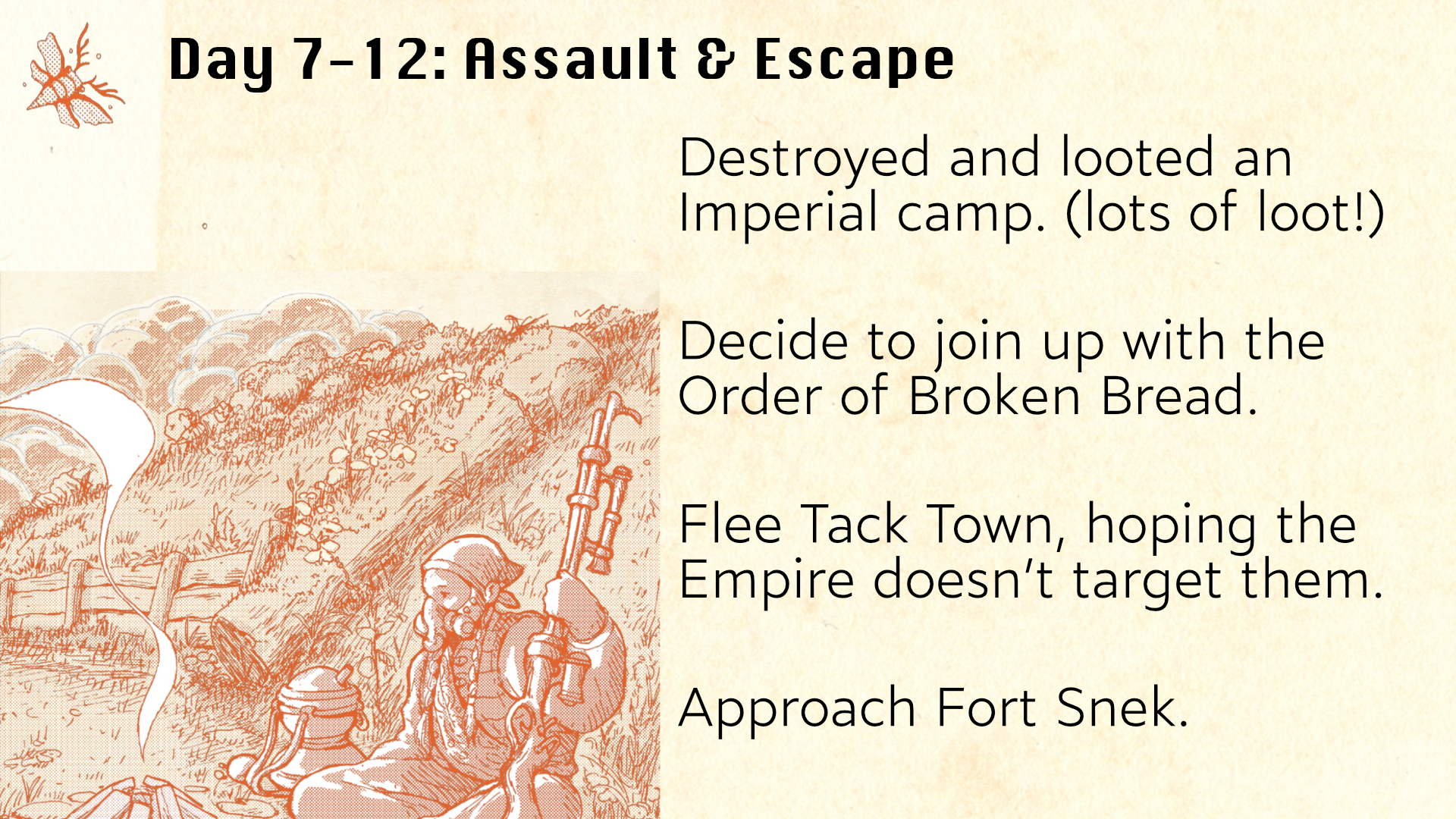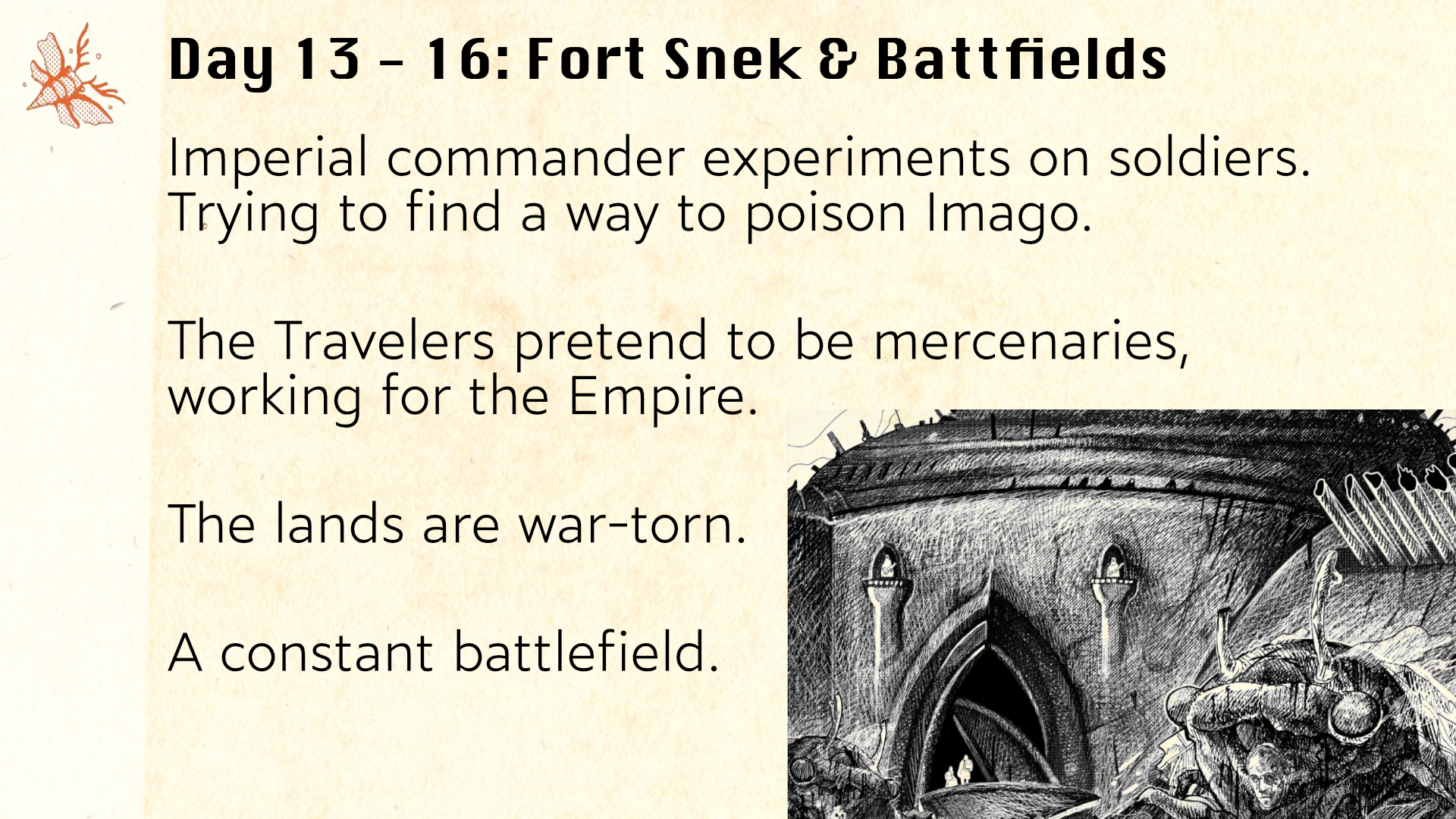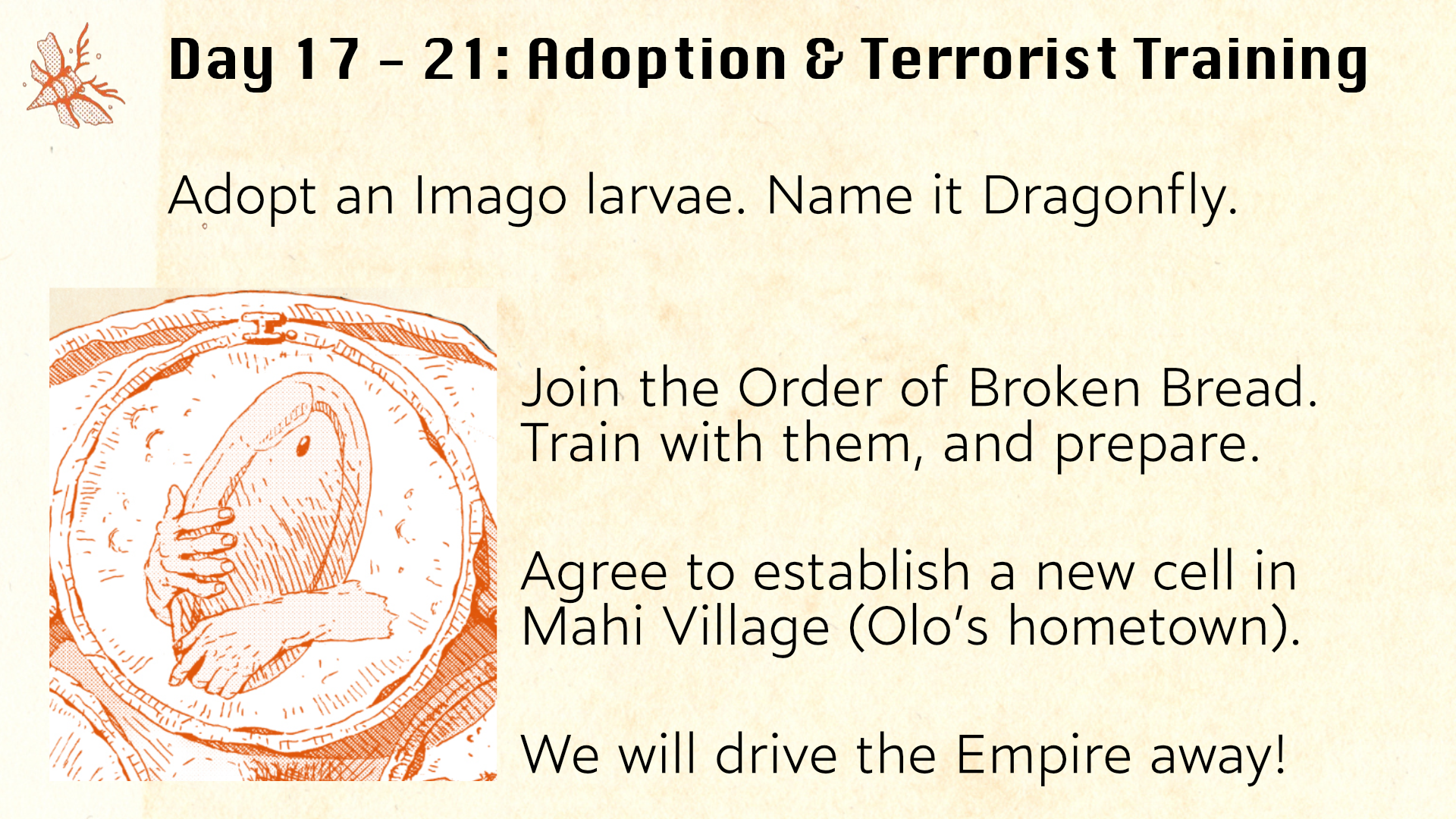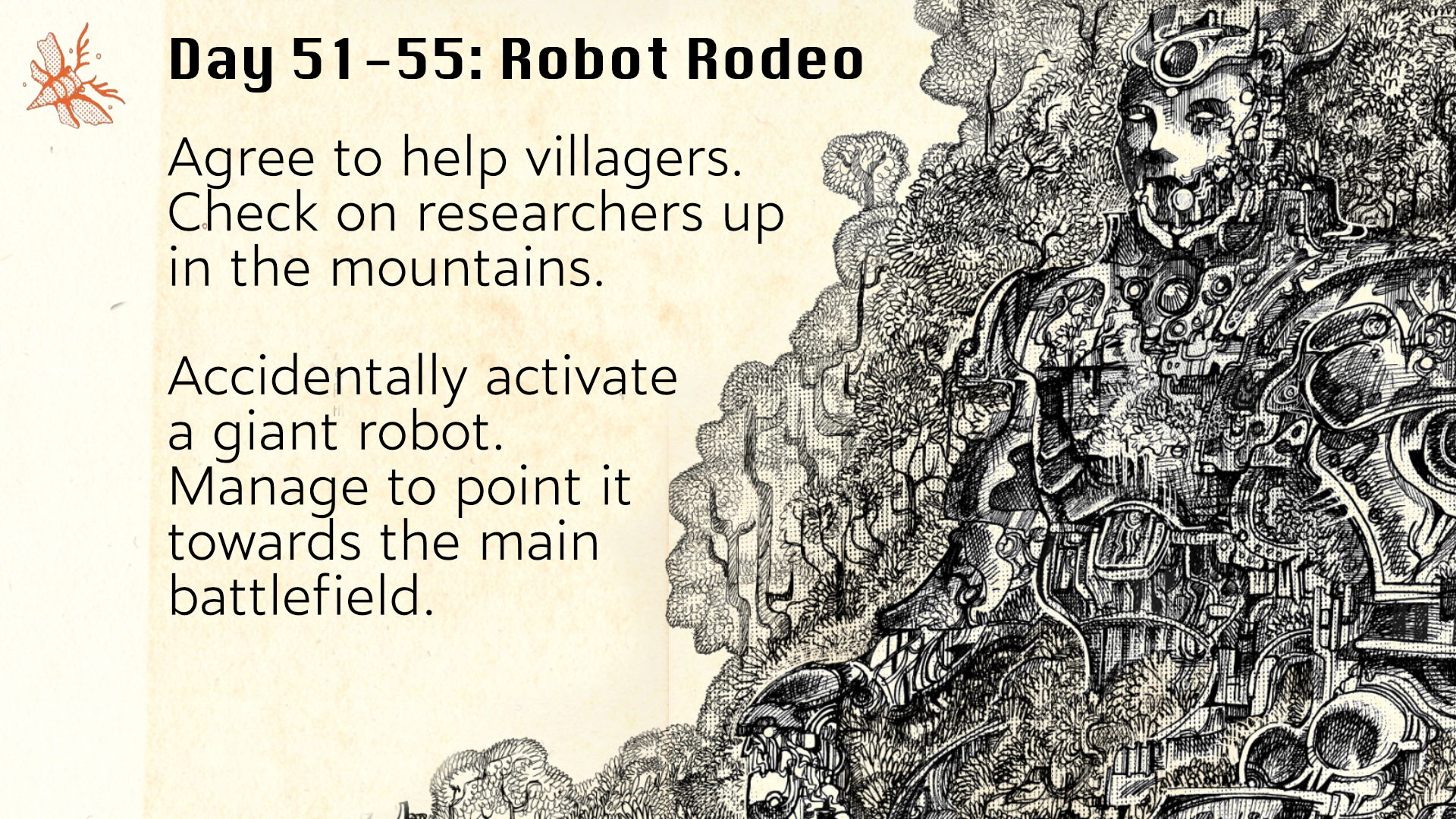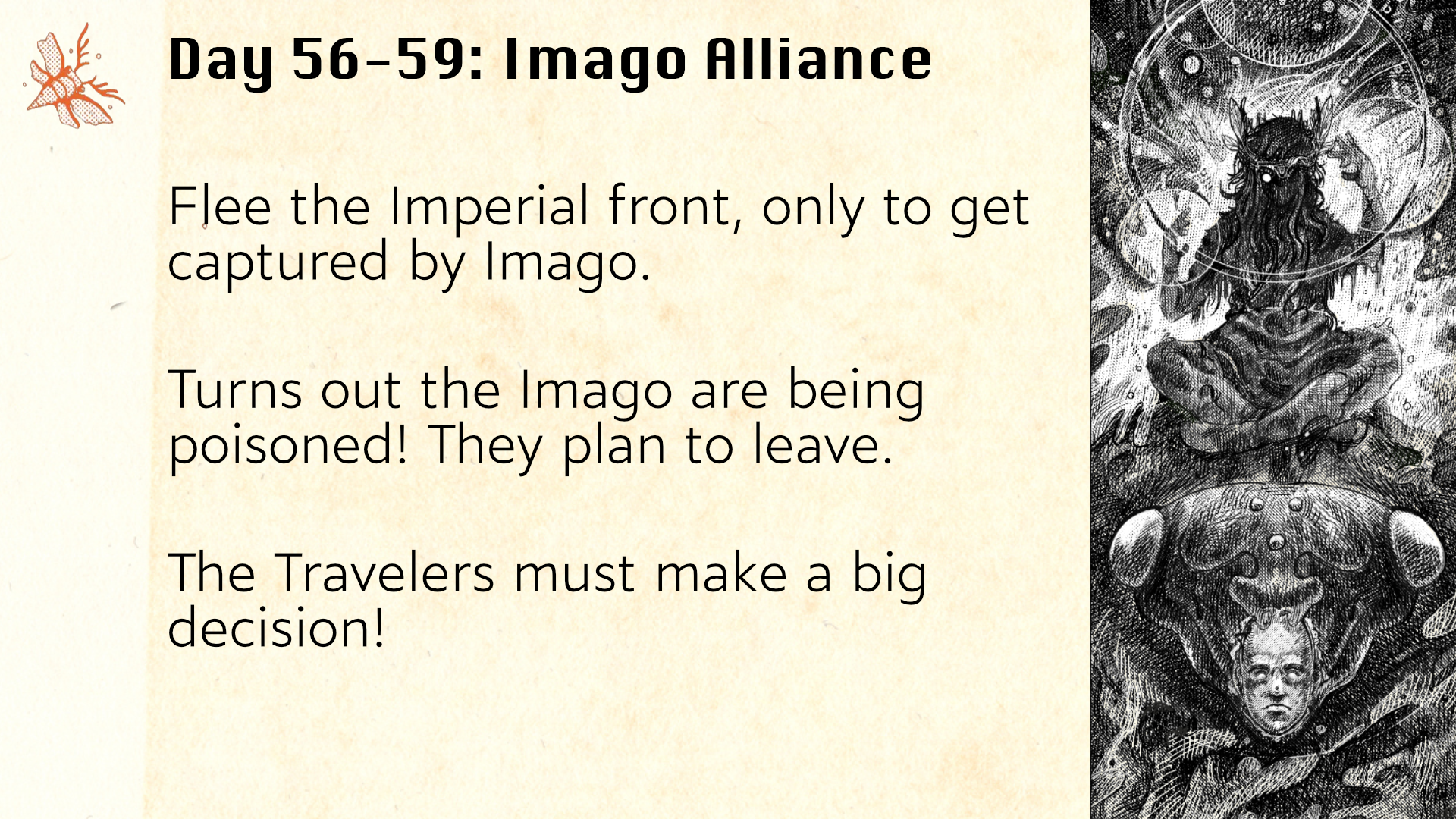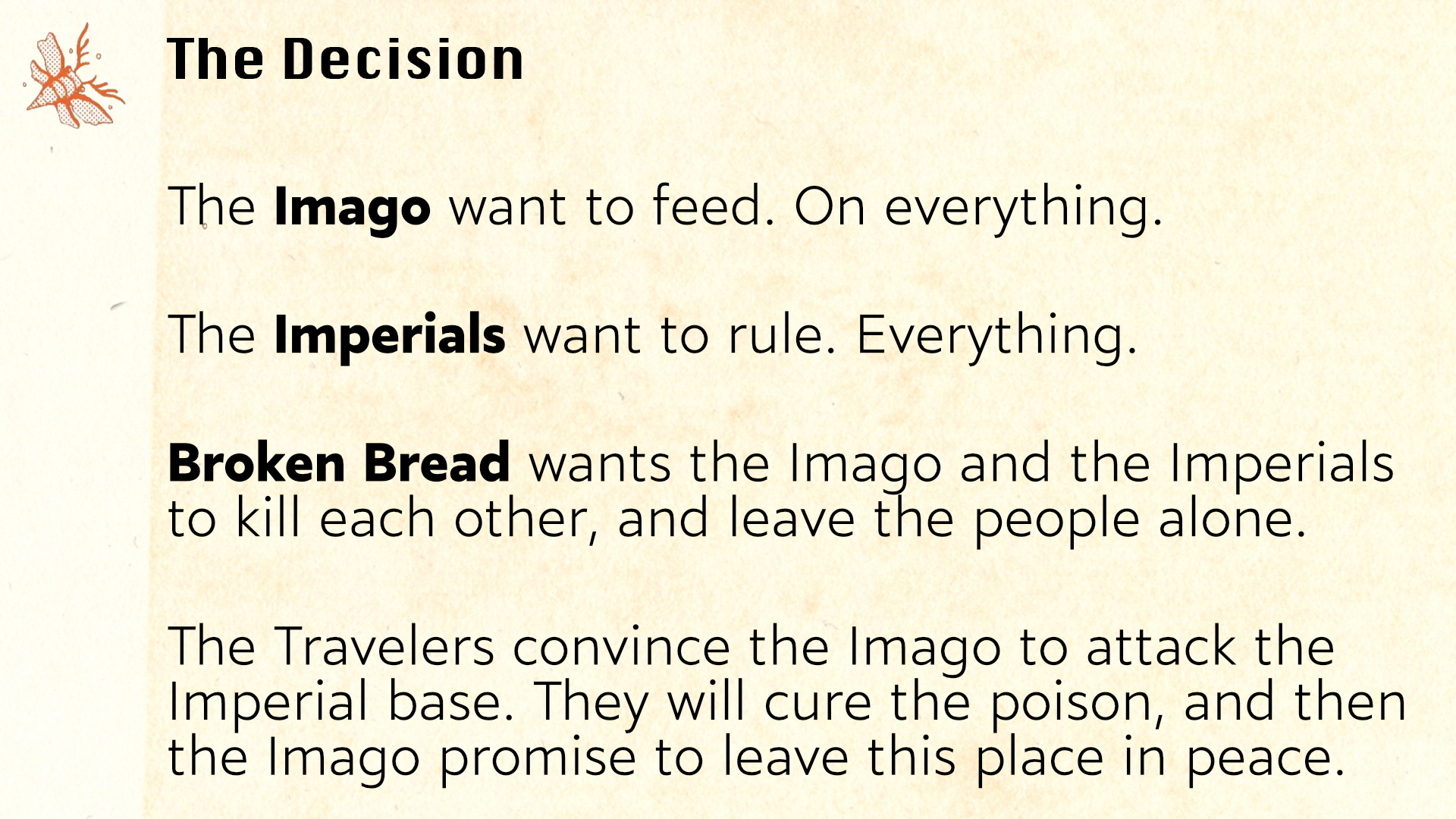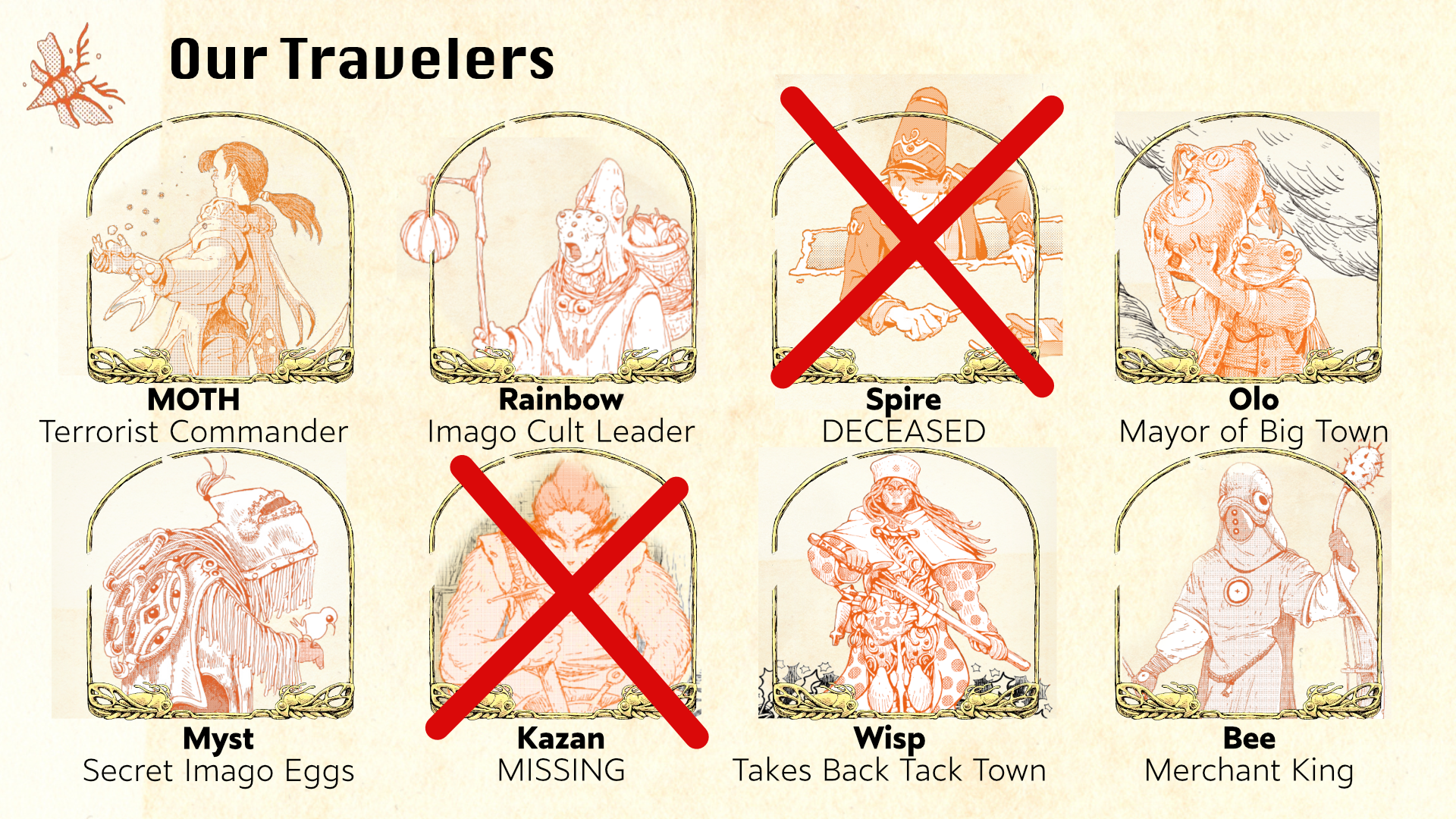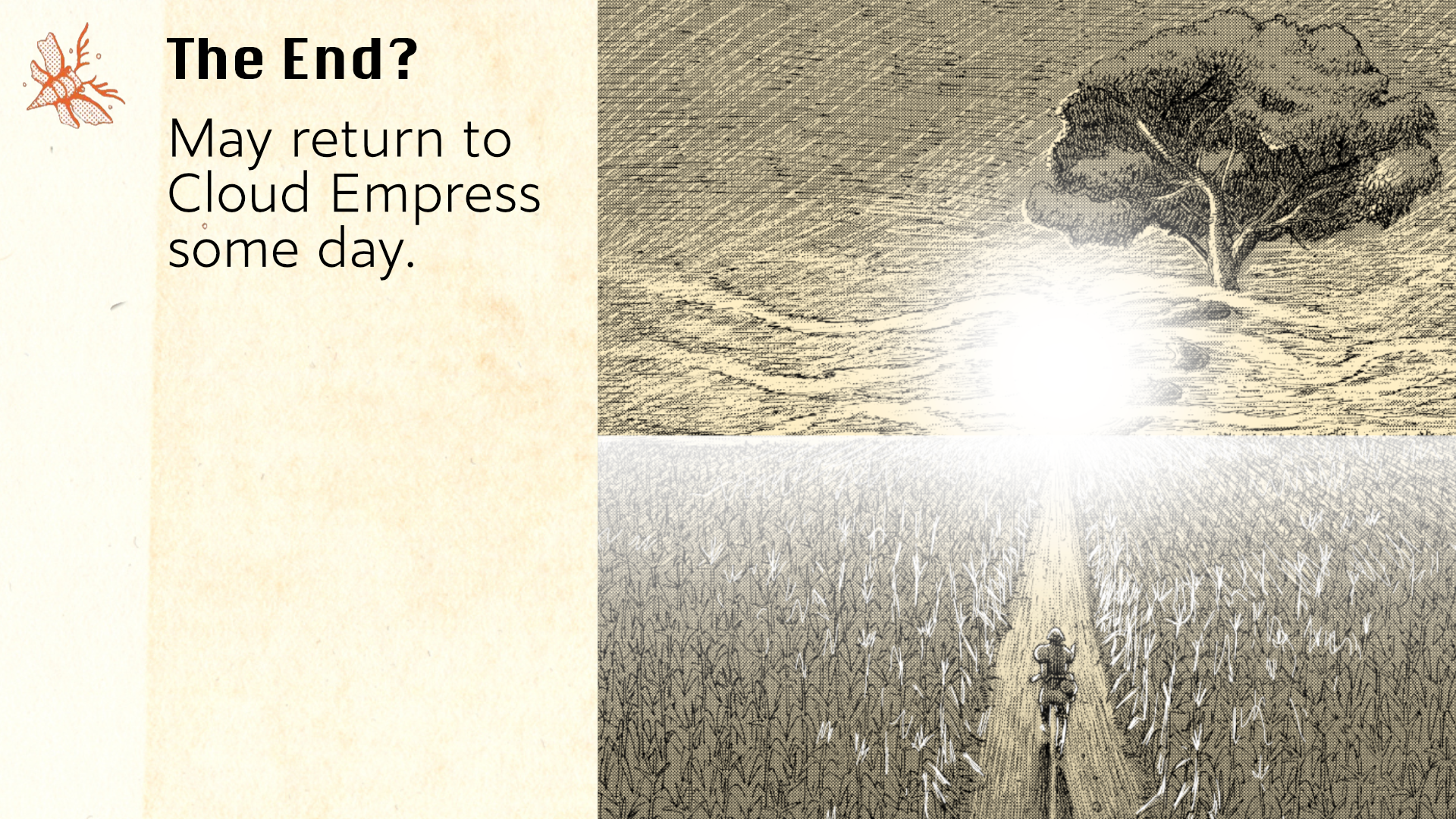Cloud Empress Review
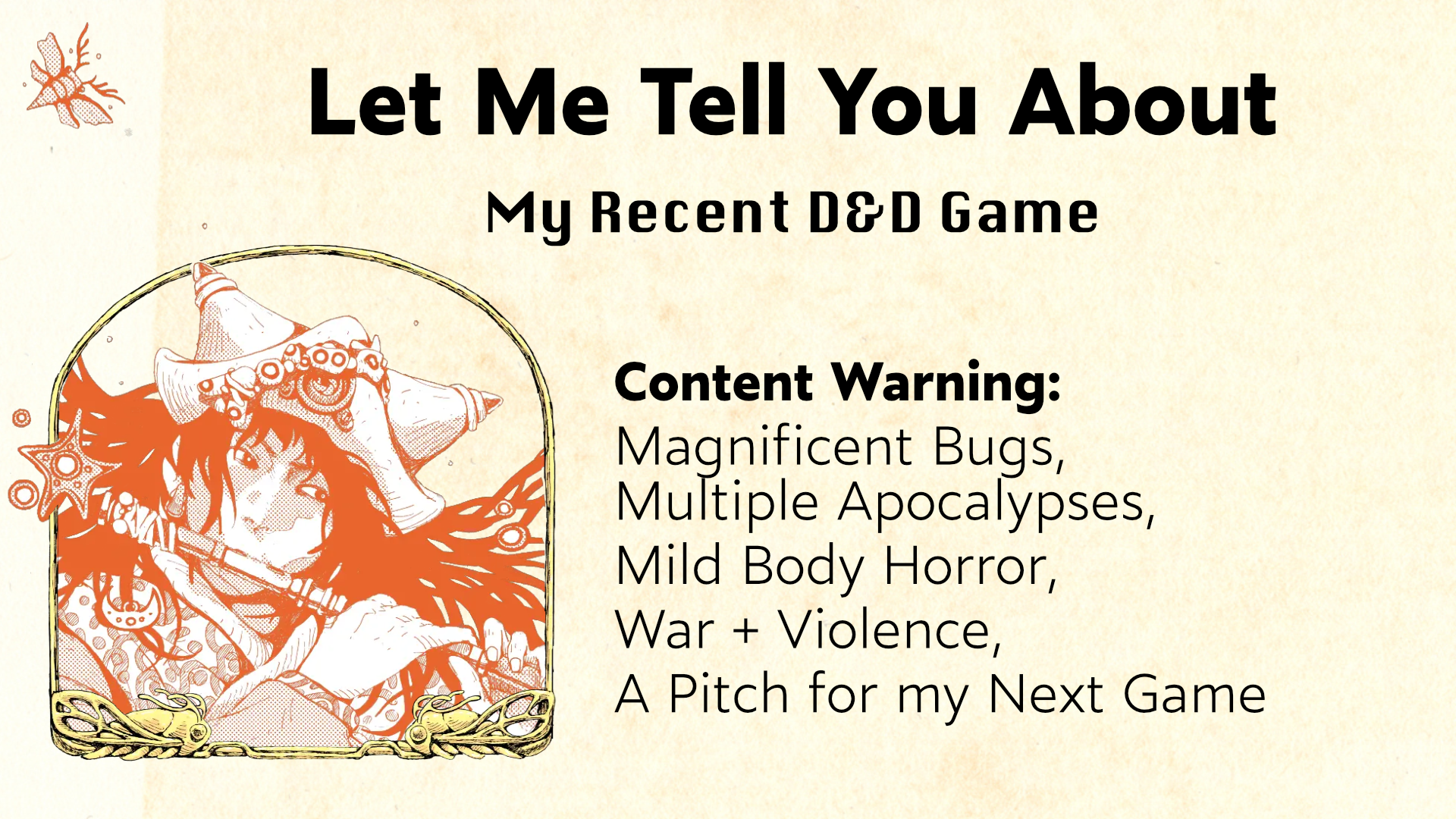
For the past 6 months I’ve been running a weekly game of Cloud Empress. And it was INCREDIBLE! This will be an absolutely glowing review, with a few minor criticisms followed by a play report.
Let us descend to the Lowland Wastes. A land of cicadas, invading soldiers, mysterious sporekeepers, brood monks, and most importantly, a land of adventure!
Welcome to Cloud Empress Permalink
After my fantastic experience with Desert Moon of Karth, I wanted to try more Mothership. But I still didn’t want to play a traditional horror game.
So as I was getting excited about Cloud Empress and saw that it was based on Mothership, I knew I had to give it a try. A couple things that piqued my interest:
- Inspired by “Nausicaä of the Valley of the Wind”. Not only is this one of my wife’s favorite movies, but it does a tremendous job of showing a truly alien world that still seems grounded in its own reality.
- Open World Sandbox. Specifically I wanted something like Hot Springs Island or UVG. Not only does a well-made sandbox save me time, but it puts the players in the drivers seat, allowing them to chart their own course.
- Absolutely Beautiful Art. I was probably gonna buy this even if it never hit my table. What a beautiful book to just look through and imagine the world portrayed within.

First Impressions Permalink
Aside from the art, what impressed me most was the writing. It was evocative and terse, the way an RPG should be. But more than that it was…melancholy. Not in a grimdark or maudlin kind of way. More like an old man refusing to tell a painful story.
Between the random encounters and the location description, I got JUST enough to set the stage and inject some drama. Let’s look at a random example. Below is a map of the path we traveled through the Lowland Wastes.
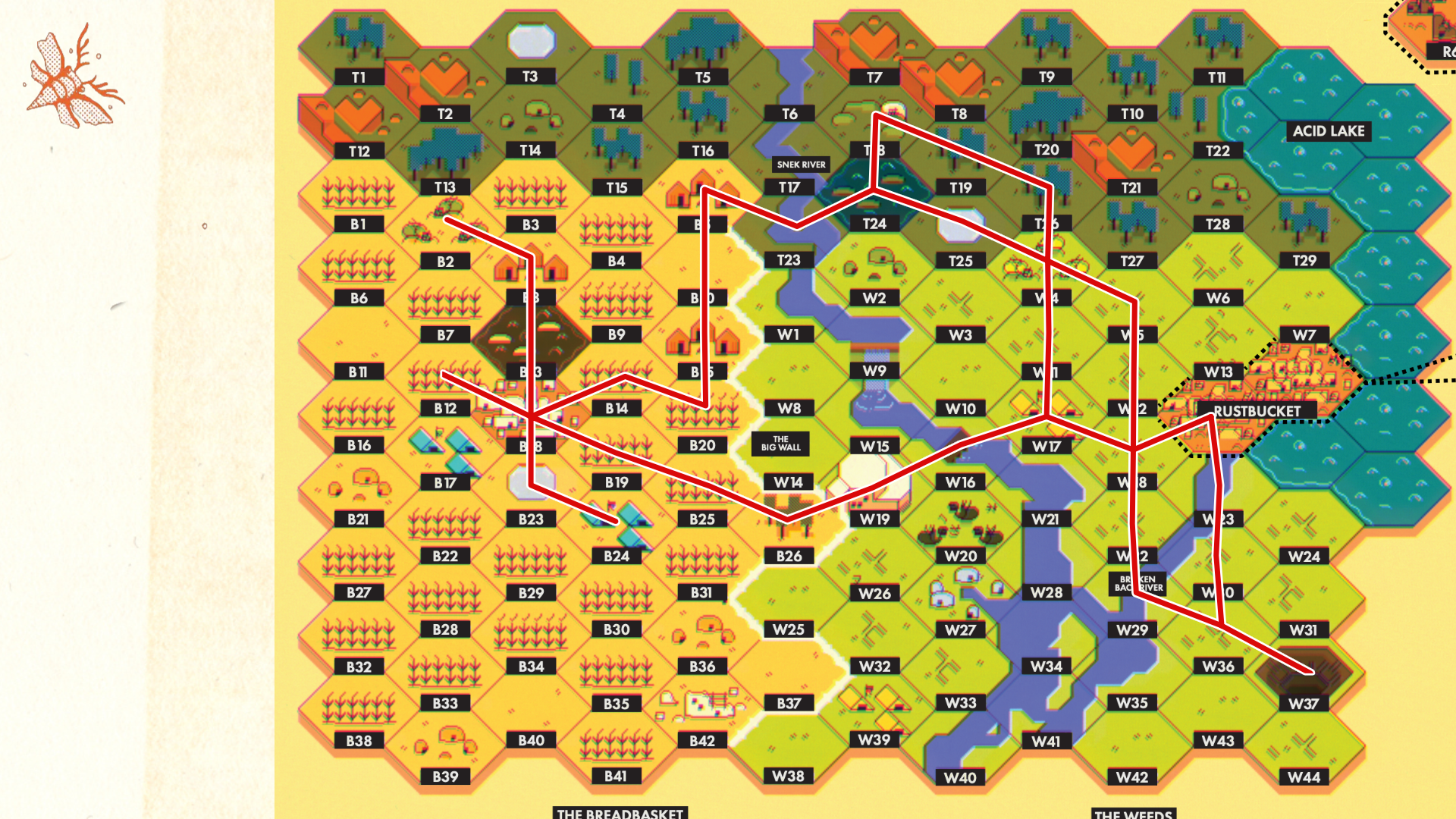
For this example I’ll pick a hex we did not travel through:
B36: The six plastisteel buildings of Crawton, five empty, wait for summer travelers to gather. Each dorm is filled with carefully packed furniture, silverware, and small luxuries left by last year’s lodgers. A single old Farmerling, with a similarly decrepit packsquab, sweeps away at the accumulated dust before starting to cook a stew for the many inbound travelers.
And we’ll roll a random encounter:
6 Juvenile Imago
And here’s how I would describe that scenario with stakes and drama:
This is a popular stop for travellers; something between an abandoned bulding and an inn. Travelers who stay here contribute to its upkeep, paying for their stay by doing chores, donating supplies, or helping other travelers. Since the Imperial invasion, not as many people pass this way. But it seems even more quiet than usual. As you approach the tattered buildings you see 6 large Imago crawling around on the roof, buzzing with excitement. The doors and windows are barred, but you can hear panicked yelling coming from inside one of the buildings. What do you do?
And as the players engage with the scenario they might get to help the old Famerling, learn some valuable info, and have a safe place to stay. Or they might get eaten by Imago. Who knows? But do you see how such a short description of B36 was enough to set the stage, and the random encounter was enough to add some tension?
The entire book is like that, dripping with atmosphere. It feels like an ancient, lived-in world. Across the 100+ hexes in the book, I’d say 75% of them contain engaging, evocative content. There are a few bland locations, or boring encounters. But it’s rare.
That’s not even including the more fleshed out locations that take up 2-4 pages. Each one includes a little map, some NPCs, and a description of the current situation.
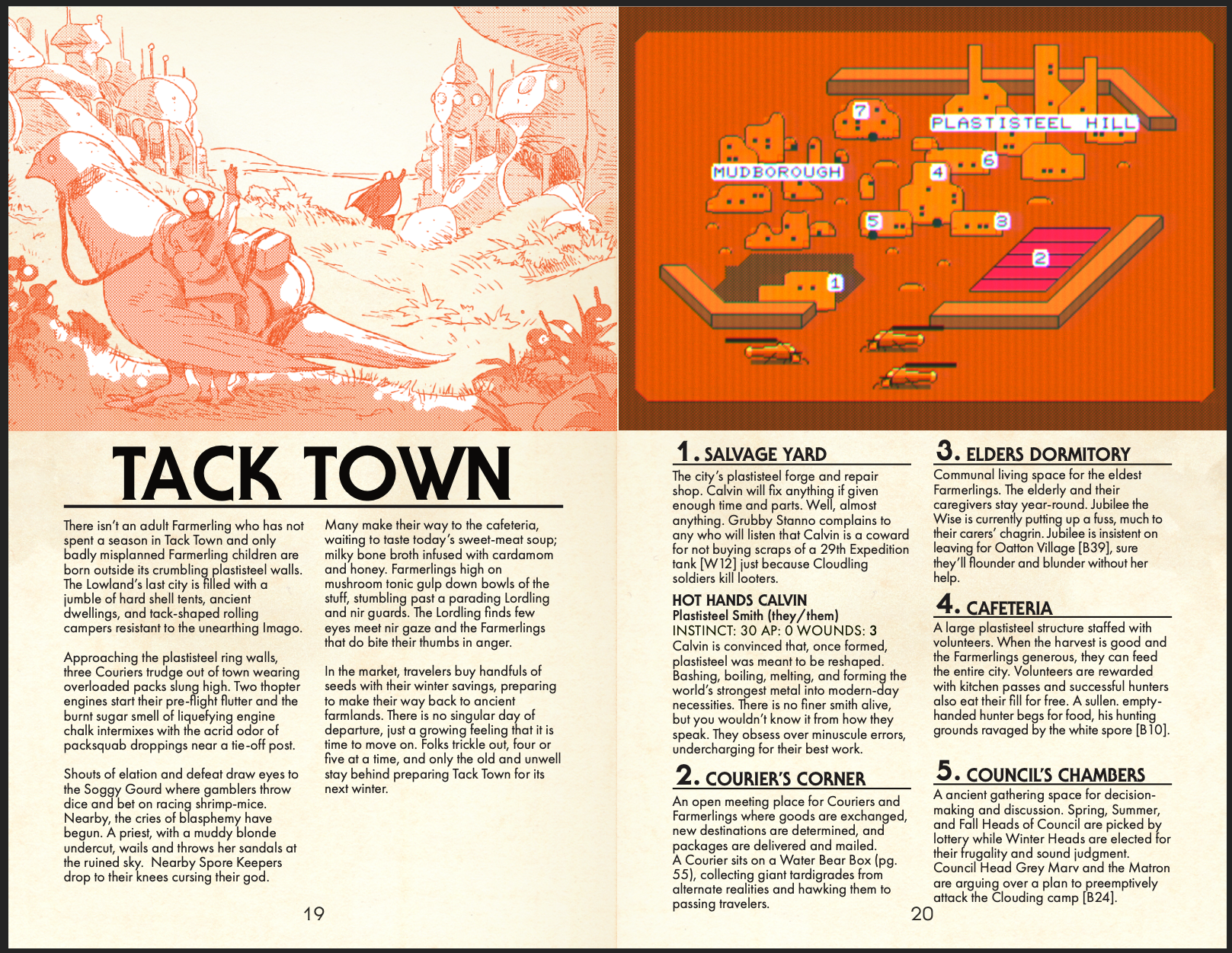
Criticisms Permalink
I do have some minor gripes.
Most of the random encounters are lackluster. 6 Imago. 12 Soldiers. 7 Spore keepers. Nothing. Out of a d100 roll, only 5-10 are unique or engaging. Luckily the locations provide enough substance that the encounters are just a little spice on top.
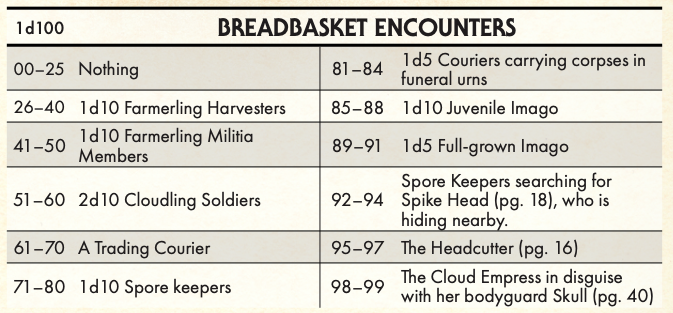
Locations are static. Once you’ve visited a location, there isn’t much reason to return. One of the things I like is that most locations have some kind of situation or danger that the players need to deal with. But once that is over, the hex becomes a blank spot on the map. Make it clear to your players that re-visiting hexes is best avoided.
For an example of this done better, look to Hot Springs Island. Not only did random encounters have more going on, but each area felt alive. “The mountains usually have snakes” or “you never see Ogres along the coast”. Cloud Empress doesn’t have that same feeling. It’s more like a classic western: walk into an area, deal with the trouble, and move on.
Conclusion Permalink
It’s hard to review a game that I’ve played. Did I have fun because of the book? Or because I’m an amazing Game Master? Or was it because my players are talented and engaging? Or maybe we would have had just as much fun playing monopoly.
However in this case I’m confident in saying Cloud Empress was the solid foundation our game was built around. Everything else stemmed from that, and I highly recommend it to anyone looking for a unique and engaging world for their table.
Play Report Permalink
As usual, I hate writing up play reports. In hindsight it’s easy to assemble a story from the random die rolls and improvisation of the players. It doesn’t really communicate the moment-to-moment excitement of playing the game.
BUT! I still hope it demonstrates some of the things that can happen in Cloud Empress and how much it rewarded our investment of time and energy.
I made these slides for a Powerpoint Party that a friend was throwing (which is why I used terms like “D&D” when I really mean TTRPG). And instead of re-typing everything, I’ll just include the slides below, and allow you to imagine me telling you about this story with a glass of whiskey in my hand.

